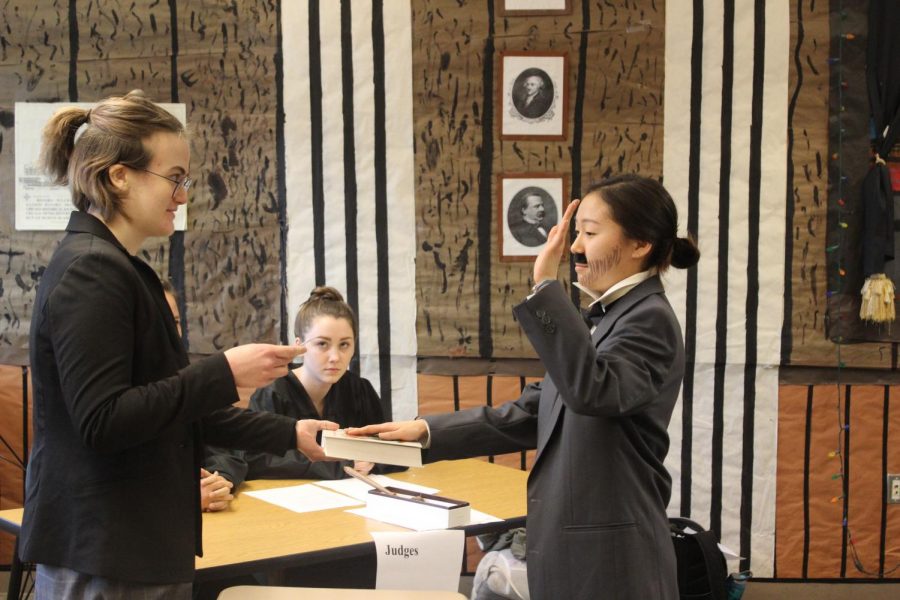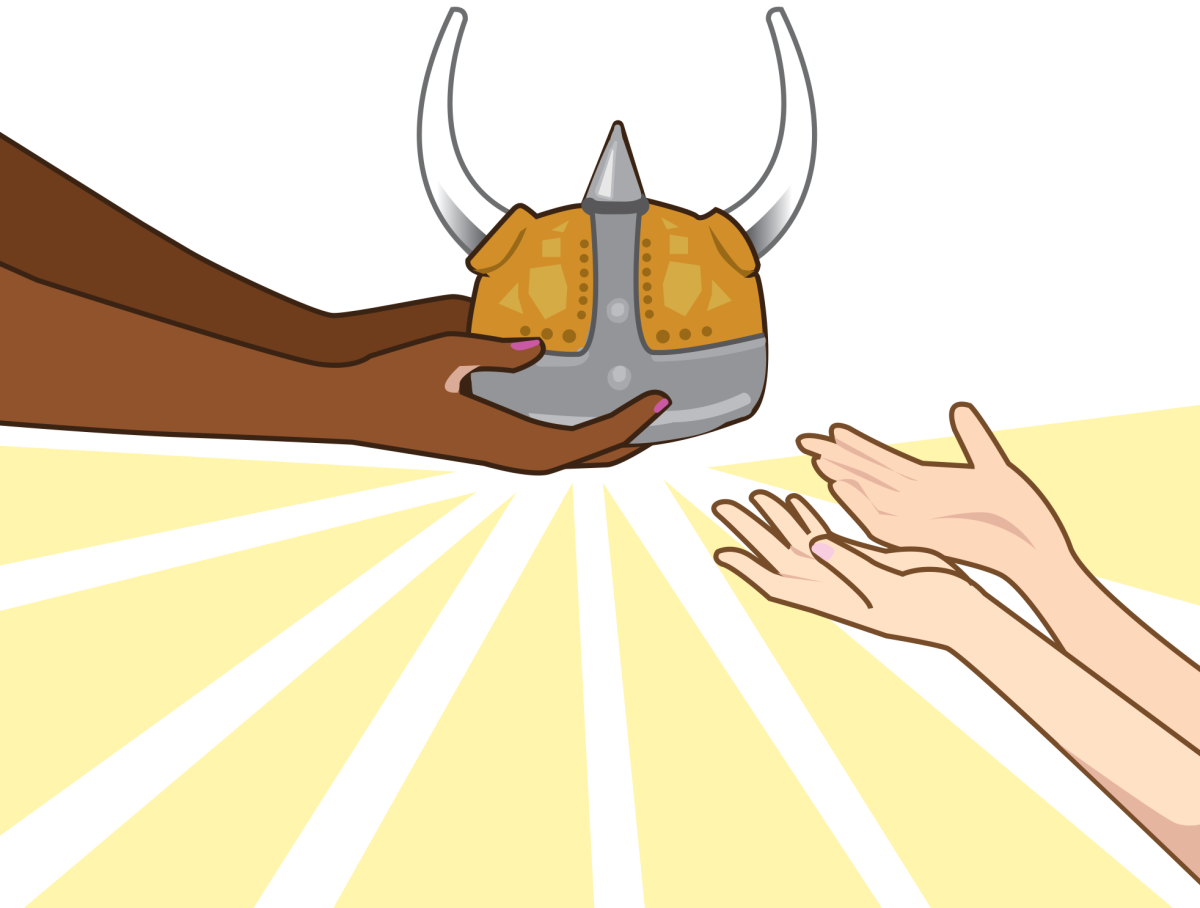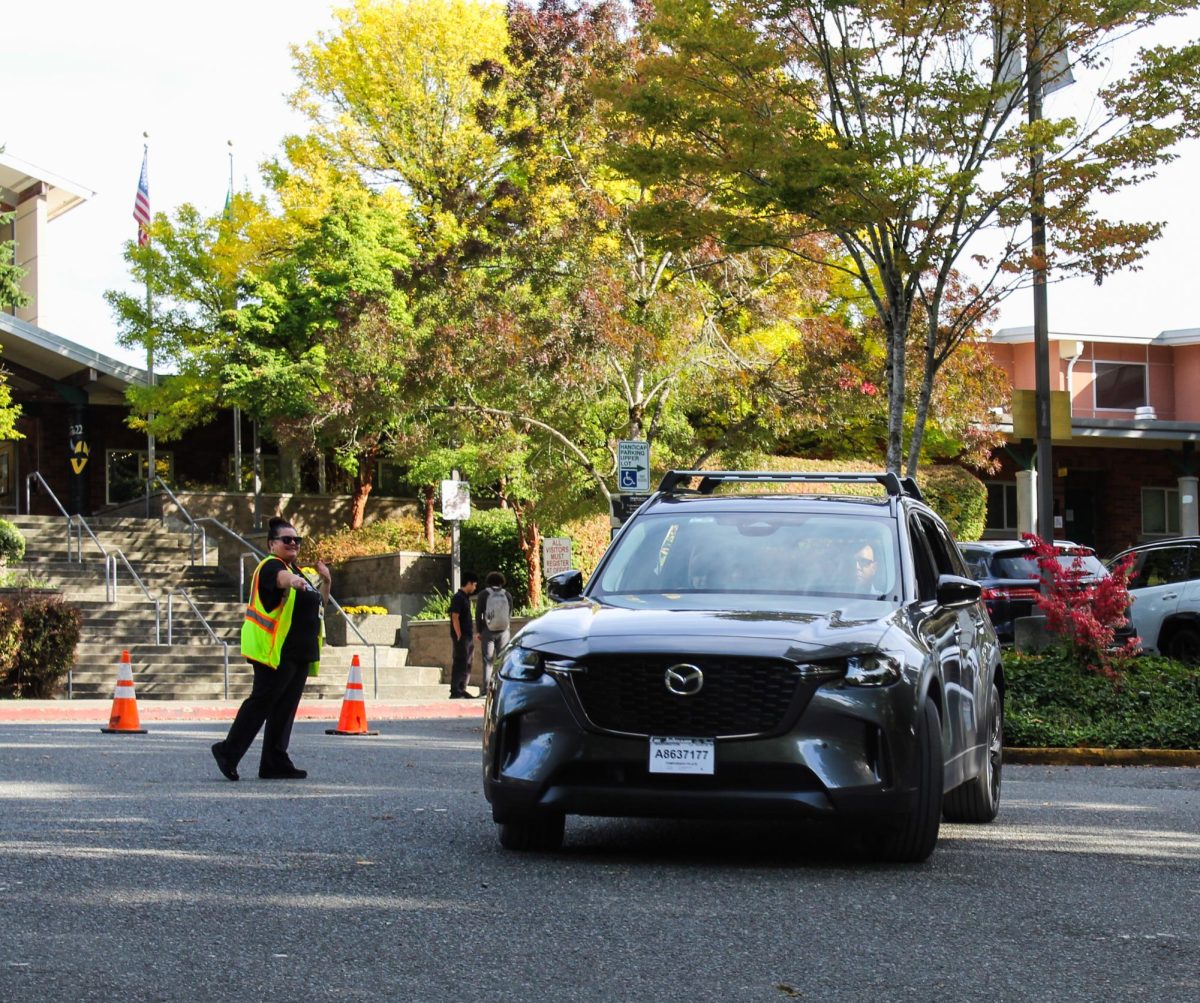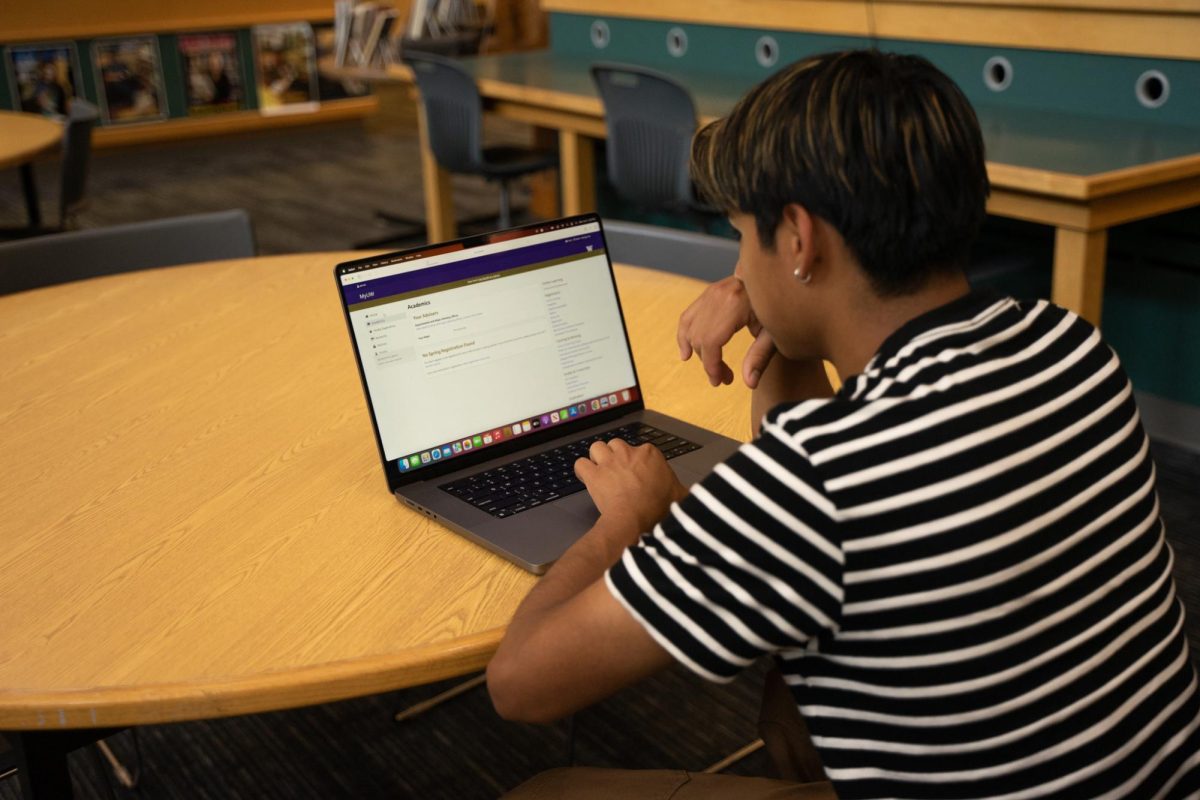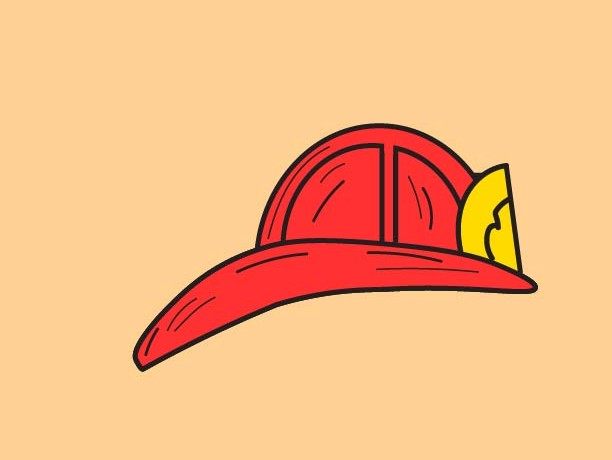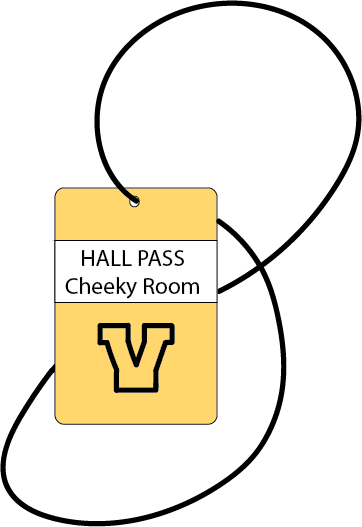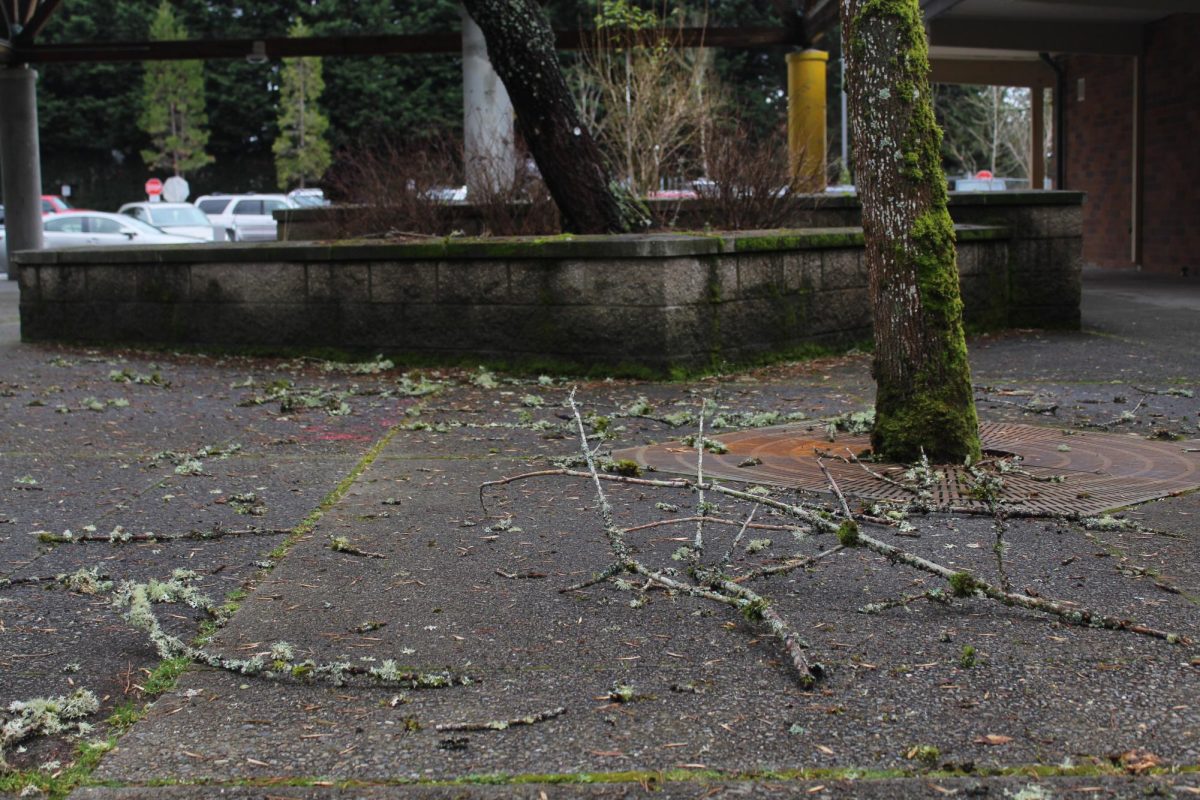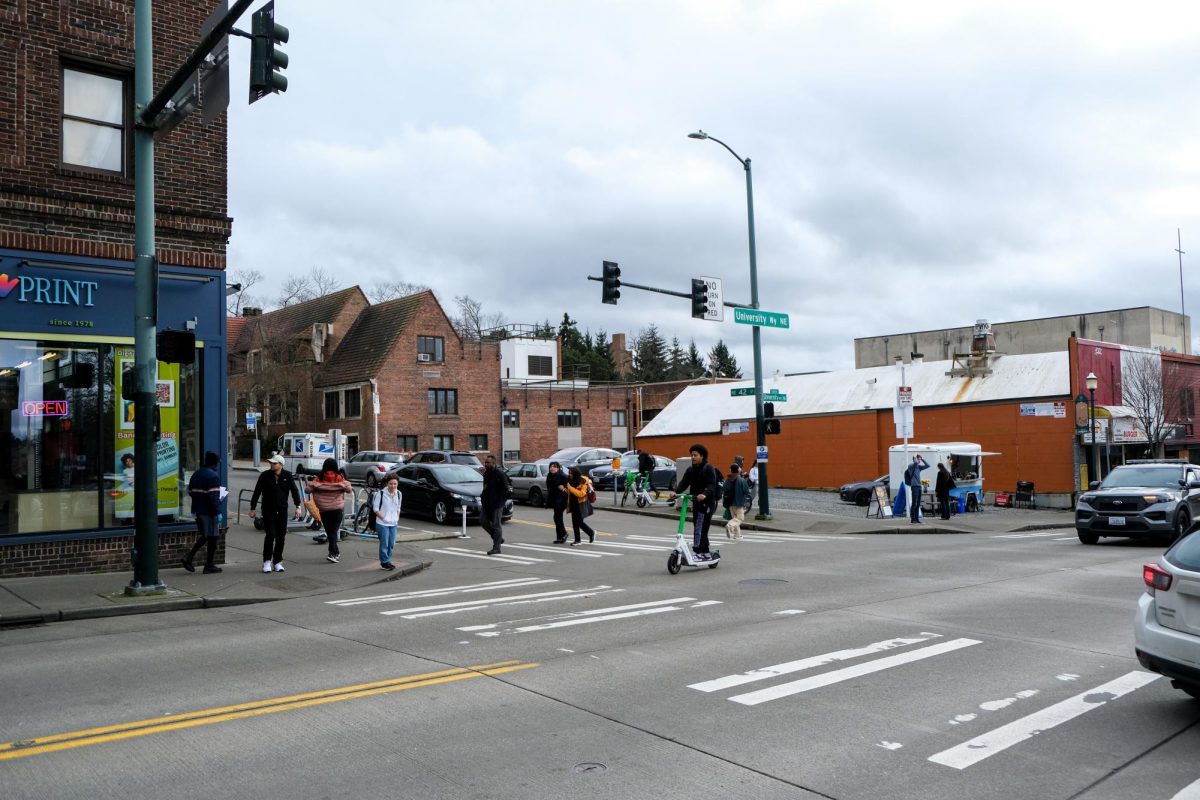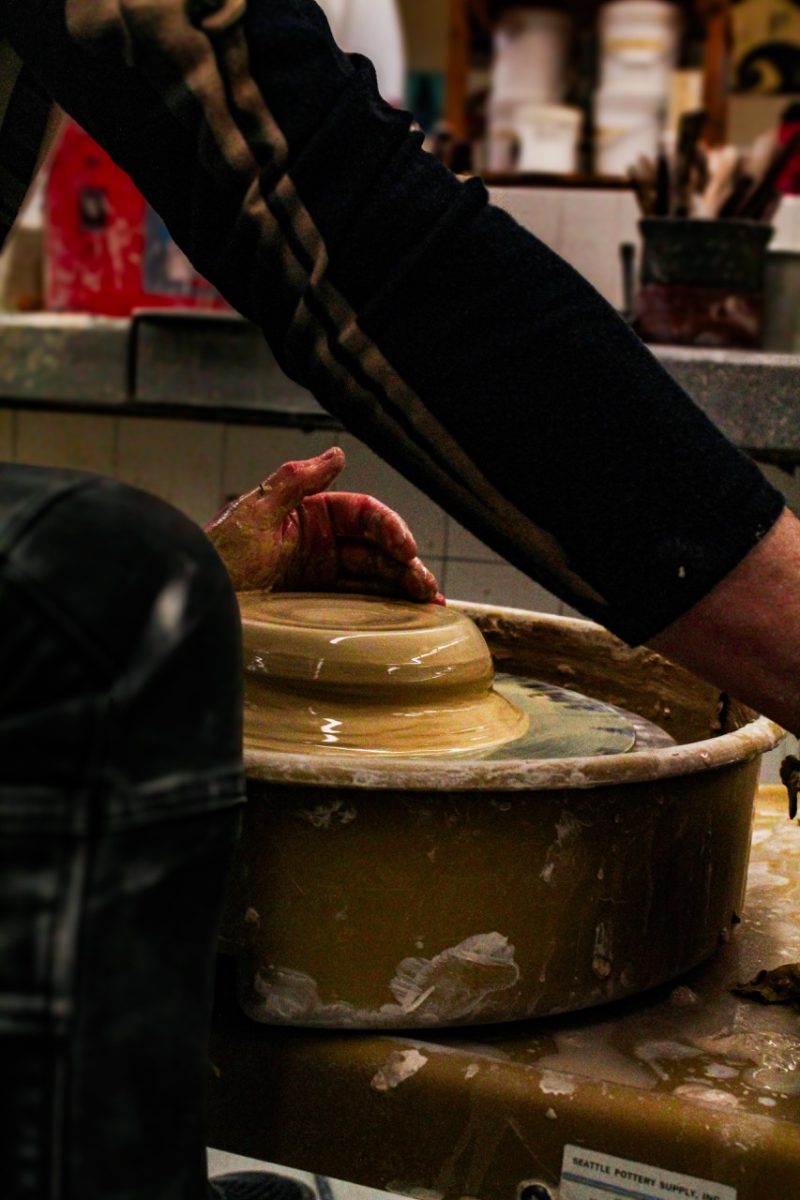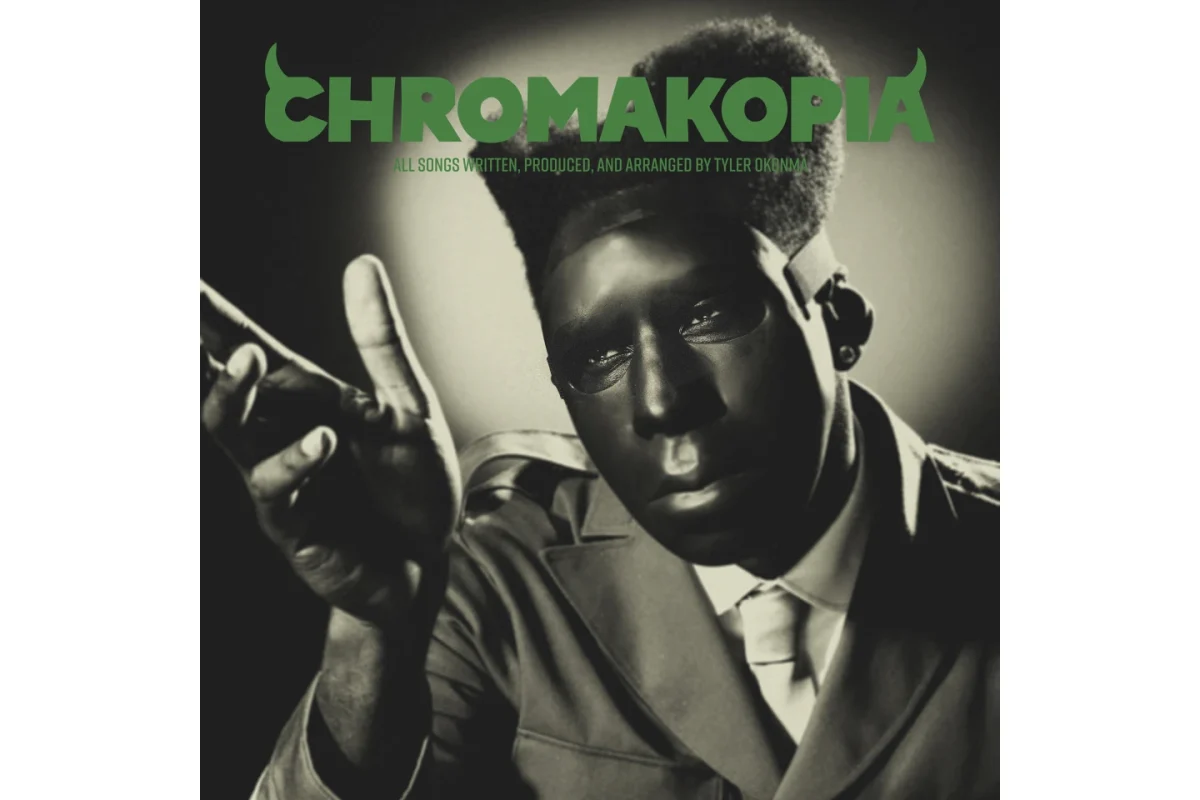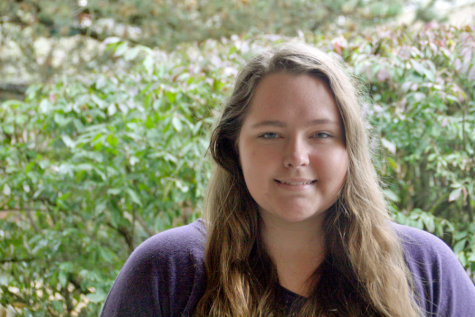The gavel raps sharply against the desk and the judges take their seats, signaling that court is now in session. A witness is called and takes the stand after being sworn in by the bailiff, and an attorney approaches to begin questioning. In room 913, the Pullman Trial is in full swing.
From Jan. 16 to 19, AP U.S. history students took on the roles of judges, bailiffs, jurors, witnesses and attorneys in order to carry out a mock trial based on an actual trial which took place in the 1890s.
History teacher Clint Madis, who has been facilitating the trial in his classes for 21 years, said that it has been an effective teaching tool.
“Simulations are very good for kids,” Madis said. “It varies the way they learn; they have more of a hands-on approach to learning. They’re able to apply their reasoning and thinking and analysis to making arguments, to creating sets, to staging, to public speaking, to all sorts of skills. All of this happening together is very vivid and rich, and students love it.”
Junior Charlotte Springer, a juror, said that the experience was both enjoyable and informative.
“I think it’s kind of cool to be put into a real life situation where you have to judge other people based on the stories that you’re given from both sides,” Springer said. “It’s a very realistic approach to how things work in real life, and you get a good idea of what would happen if you were called in for jury duty.”
Claire Werner, also a junior, said that the trial provided a change of pace from the typical curriculum and something to look forward to each day.
Werner said that Madis stepped back during the trial, giving her the opportunity to be a leader among her peers and take charge of the courtroom in her capacity as one of the judges, and Madis said that this is important for him to do in order to let make the trial effective for students.
“I’ve seen it 21 times,” Madis said. “They see it one time, so I can’t in any way interfere with their process.”
Junior Cian Portugal, who took on the role of witness George Pullman, said that the lack of intervention on Madis’ part put more pressure on the witnesses and gave greater weight to their testimony.
“[Madis] really just lets us do our own thing and leaves it up to us how it goes, which is kind of cool,” Portugal said. “It made what we did even more important because he wouldn’t come in and change it.”
One of the prosecuting attorneys, junior Jaeden Burdge, said that she enjoyed the competitive nature of the trial and the way the witnesses and attorneys worked together to mount a successful case.
“Your team of witnesses, when they realized they were going against someone else, you all bonded and teamed up. That was really fun for me and enjoyable, making new friends and strengthening bonds with people I already knew.”
Burdge was the third sibling from her family to participate in the Pullman trial, taking on the same role that both of her brothers did when they were in the class.
“I planned it,” Burdge said. “That was my first choice. I like to follow in my brothers’ footsteps.”
Junior Kira Twitchell, one of the defense attorneys, said that she was nervous going into the trial, but ended up enjoying the challenge it presented.
“The best part of it was the challenge of coming up with questions and comebacks and finding loopholes and trying to prove your point through the process of asking questions,” Twitchell said. “It was difficult to prove your point without just telling it because you had to come up with an argument through questions, through other people’s words. You didn’t know what they were going to say.”
Madis said that though the trial is difficult and asks a lot of students, they almost always rise to the occasion to make the trial a success.
“It’s fun to see them having so much fun, and for those students who are academically competitive, to see them really go for it, really embrace it and do a good job and make a great argument,” Madis said. “That is I think the best part of it for them, whether or not they win, because those are the qualities they need going forward in their lives, and it’s nice to see that in kids because I know that they’re going to have a good future.”



